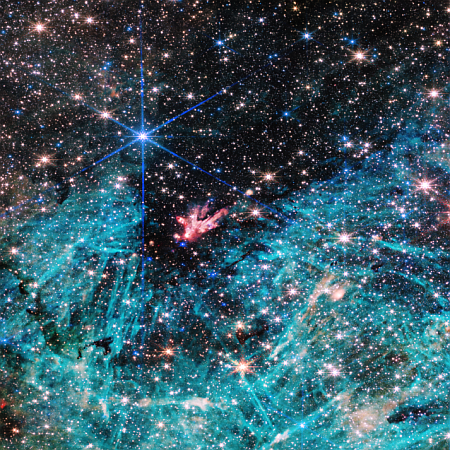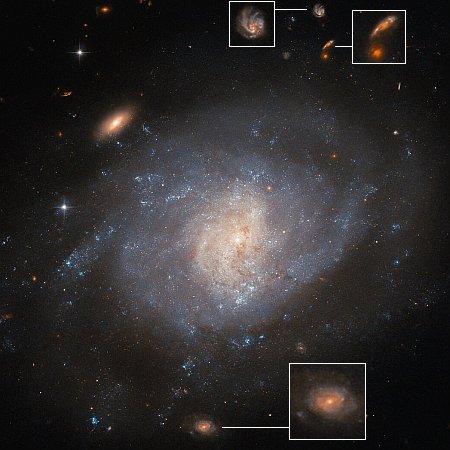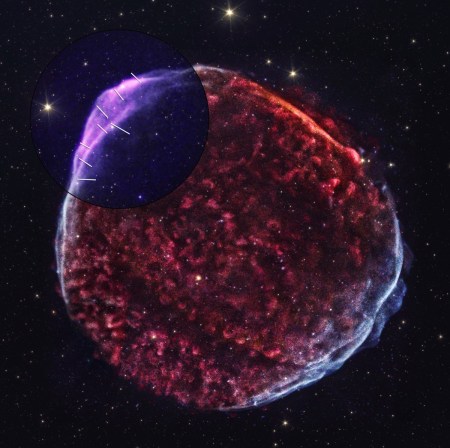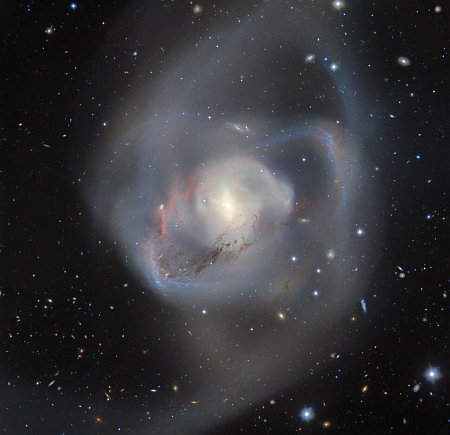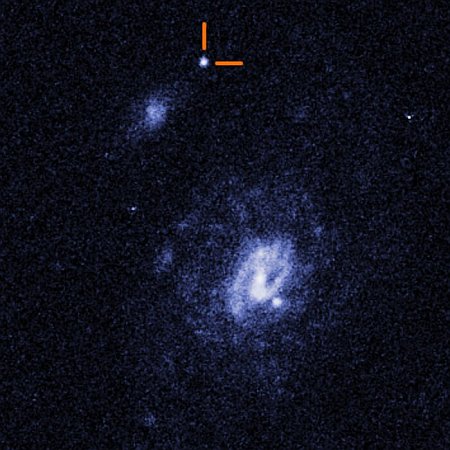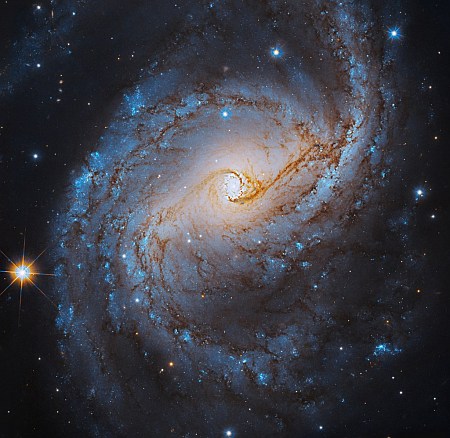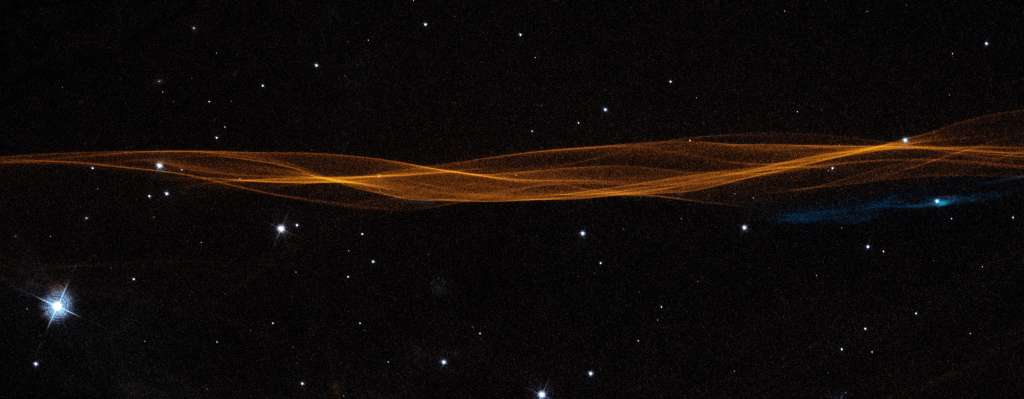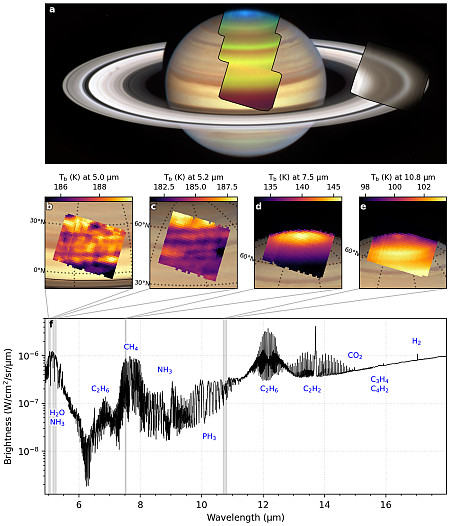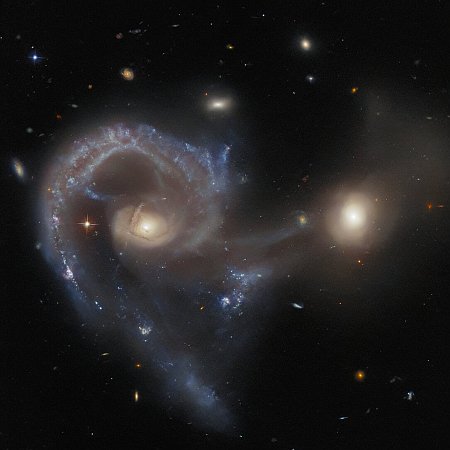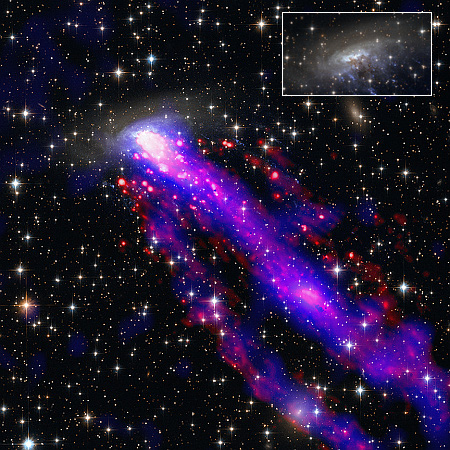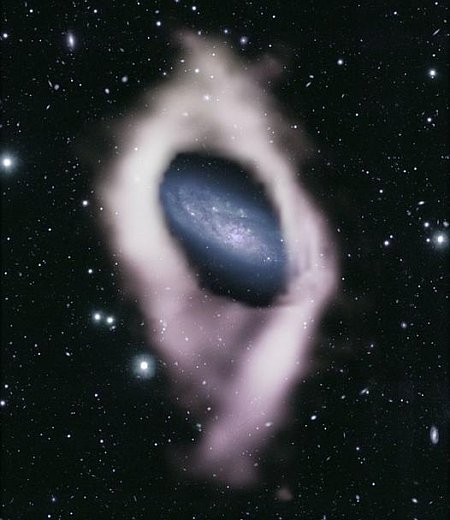British scientists get their own Bennu sample to study
The British History Museum has now received a small sample of material from the asteroid Bennu, brought back to Earth by the planetary probe OSIRIS-REx.
The first two years of research at the Natural History Museum will focus on non-destructive tests, such as X-ray diffraction and electron microscopy to learn about Bennu’s mineral composition and structure. The largest grains in the sample are on the order of millimetres wide, while the smallest are mere dust particles. “It doesn’t sound like a lot of material, but it’s plenty to work with,” King said.
The museum is home to one of the world’s leading meteorite collections, and the staff are well-used to handling small amounts of extremely precious materials from outer space. Unlike meteorites that have been baked and battered on their fiery passage through Earth’s atmosphere, the dust and rocky fragments from Bennu were brought to Earth in pristine condition, allowing scientists a rare glimpse of the unaltered asteroid.
The last sentence says it all. Up until recently, researchers have had a distorted view of the overall make-up of asteroids because the oldest kinds, carbonaceous chondrite, are the most delicate and get significantly changed by their passage through the Earth’s atmosphere. The samples from Bennu and Ryugu are changing this, and will eventually revolutionize the understanding scientists have of our present solar system.
The British History Museum has now received a small sample of material from the asteroid Bennu, brought back to Earth by the planetary probe OSIRIS-REx.
The first two years of research at the Natural History Museum will focus on non-destructive tests, such as X-ray diffraction and electron microscopy to learn about Bennu’s mineral composition and structure. The largest grains in the sample are on the order of millimetres wide, while the smallest are mere dust particles. “It doesn’t sound like a lot of material, but it’s plenty to work with,” King said.
The museum is home to one of the world’s leading meteorite collections, and the staff are well-used to handling small amounts of extremely precious materials from outer space. Unlike meteorites that have been baked and battered on their fiery passage through Earth’s atmosphere, the dust and rocky fragments from Bennu were brought to Earth in pristine condition, allowing scientists a rare glimpse of the unaltered asteroid.
The last sentence says it all. Up until recently, researchers have had a distorted view of the overall make-up of asteroids because the oldest kinds, carbonaceous chondrite, are the most delicate and get significantly changed by their passage through the Earth’s atmosphere. The samples from Bennu and Ryugu are changing this, and will eventually revolutionize the understanding scientists have of our present solar system.

